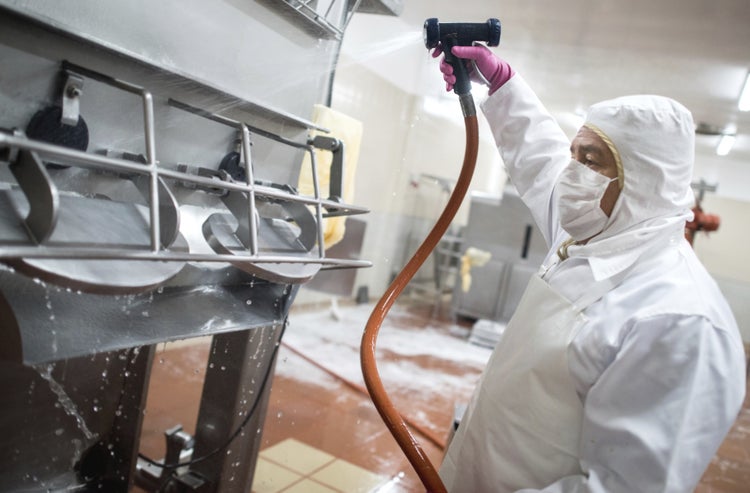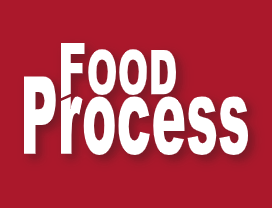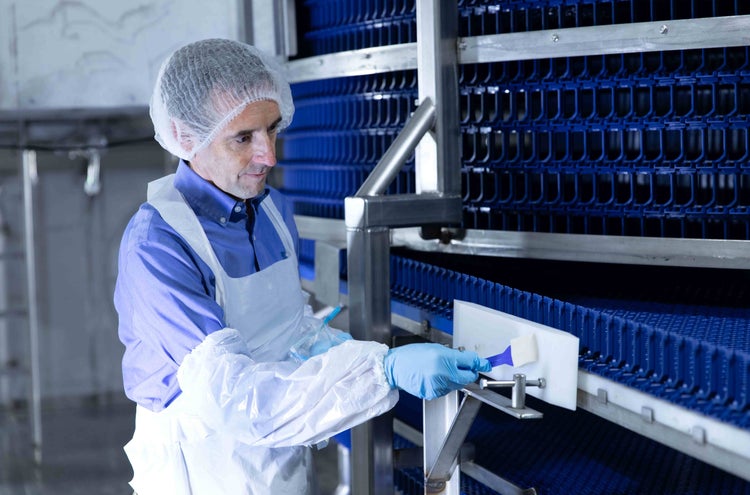Periodic Cleaning of Equipment - Periodiek Diep Reinigen van Machines

In the September column, I talked about Hygienic Design and the implementation of this within a company. Newly designed equipment that comes into our manufacturing facility will still have less-than-optimal hygienic design in many cases. More so, we have to deal with legacy equipment with a lot more challenges when it comes to clean-ability. How do you best handle cleaning those pieces of equipment?
Beyond Routine
Because of either legacy equipment or new equipment with hygienic design shortcomings, effective routine cleaning practices is not enough to ensure long-term consistent hygienic conditions. Hidden niches make complete soil removal difficult resulting in harborage areas for microorganisms deep inside food handling equipment. Eventually this will negatively affect product shelf life due to high levels of microbiological growth or can result in a recall, or worse, in a food safety outbreak. This raises the question, beyond routine cleaning, what can food manufacturers do to avoid these risks?
Act proactively
The answer is taking a proactive approach to periodic cleaning. For a simple comparison, think of your teeth for a minute. Our teeth are functional and do the job they need to do effectively, their hygienic design however has its challenges. I brush my teeth twice a day; use a standard method (procedure), a high quality toothbrush (tools) and an A-brand toothpaste (chemicals). Beyond this routine cleaning however, I also visit the dental hygienist for a deep clean twice a year to prevent any issues arising over time. The dental hygienist can reach places (niches and harborage areas) that I cannot reach during my routine, brushing sessions.
Be proactive instead of reactive when it comes to handling issues.
The same is true for food processing equipment. In practice, hygienic design challenges result in niches or hard to reach spots. These become harborage areas for bacteria and that need to be managed. Periodic Equipment Cleaning (PEC) is part of managing those challenges.
Preventive Assessments
Preventing and managing product quality and food safety risks is possible. However, it will take significant time and resource commitments. Instead of reacting to issues, the objective is to use a preventative approach with periodic cleaning.
By means of preventative assessments, you can determine the exact needs for periodic cleaning in your facility. The preventive assessment process needs to go well beyond equipment disassembly for routine cleaning, inspection, and cleanliness verification testing (like APC, ATP, Allergen, and Pathogen). The target is to find potential microbiological harborage areas, before the hidden micro growth or biofilms affect the overall hygienic health of a food manufacturing (GMP) room, processing equipment, or the finished food product. So don’t forget to look at those points in the equipment where product accumulates and where foreign material may enter into the product stream.
Conclusion
Sometimes, like with our teeth, we find ourselves having to maintain a difficult to sustain design. Periodic cleaning can help you manage those designs. Always keep in mind though, if you have the option “designing out” cleaning challenges is always the best long term option and the ultimate goal.




